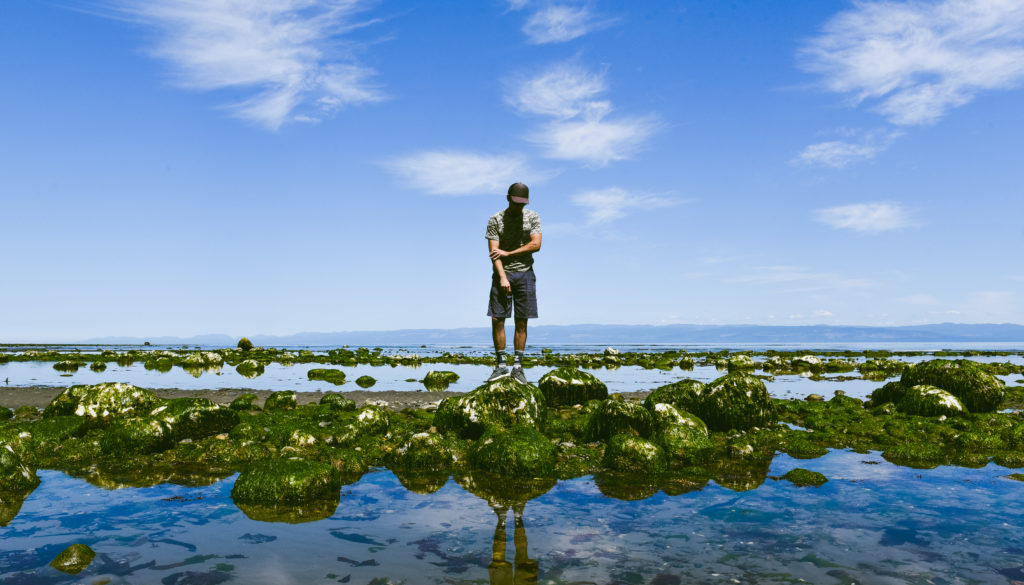
Ask most photographers what they truly want to shoot and the answer is almost always landscape and travel photography. If there was a viable way to make a living from nature photography, we would all be doing it. It’s not impossible, but it usually comes with the goal of selling something, a product, a place, an agenda, it’s never just a nature shot. That doesn’t stop us from taking our cameras to the woods though. There are landscape shots and then there are landscape shots. Here are a few tips to elevate your game.
Find the right light :
Midday sun is usually a no-no, which means you’ll have to start waking up early and staying out after dark. Photography is all about light and it is easy to see the quality of light shift over the course of the day. Compare the photos below taken at sunrise, midday, sunset, and after sunset. Sunrise and sunset usually cast a nice golden glow on the landscape. Along with saturation and a warmer color cast, the light hitting everything from a lower angle adds depth and interesting shadows. If you hang out after sunset, you’ll see the light shift towards the blue end of the spectrum creating a bit of moodiness to your images. Midday sun works depending on the scene. I hate photographing the forest during the middle of the day, which makes most backpacking trips frustrating.
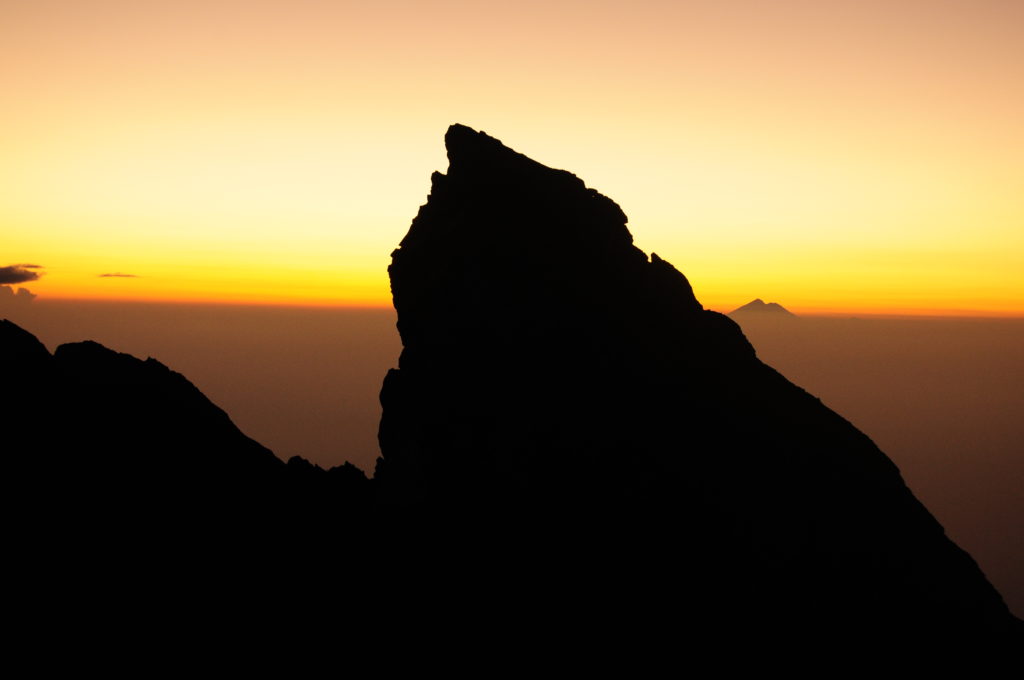
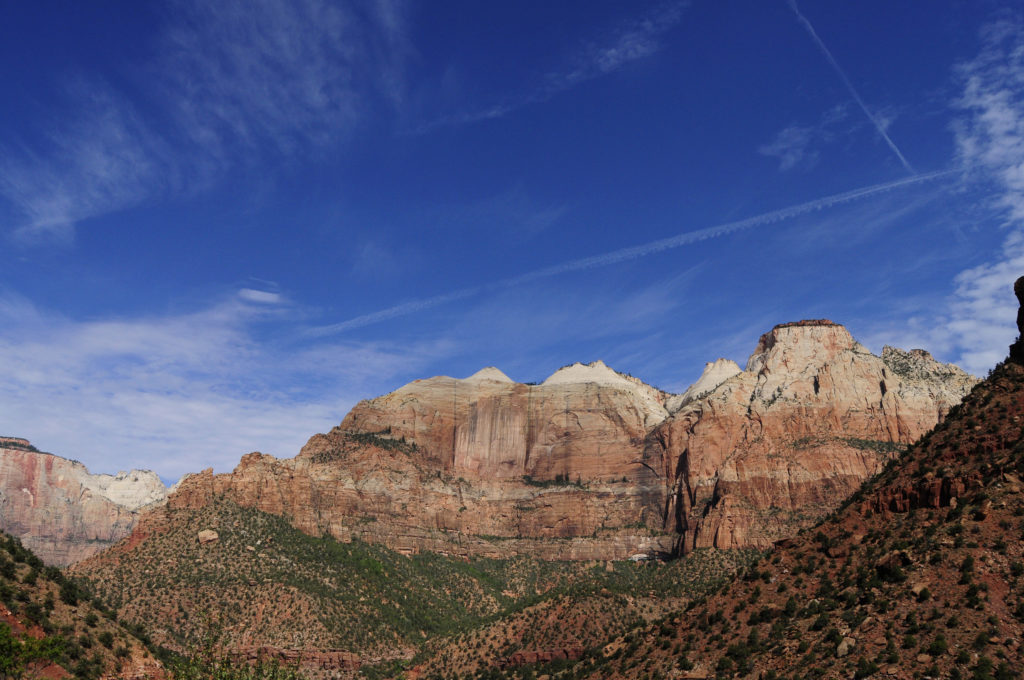
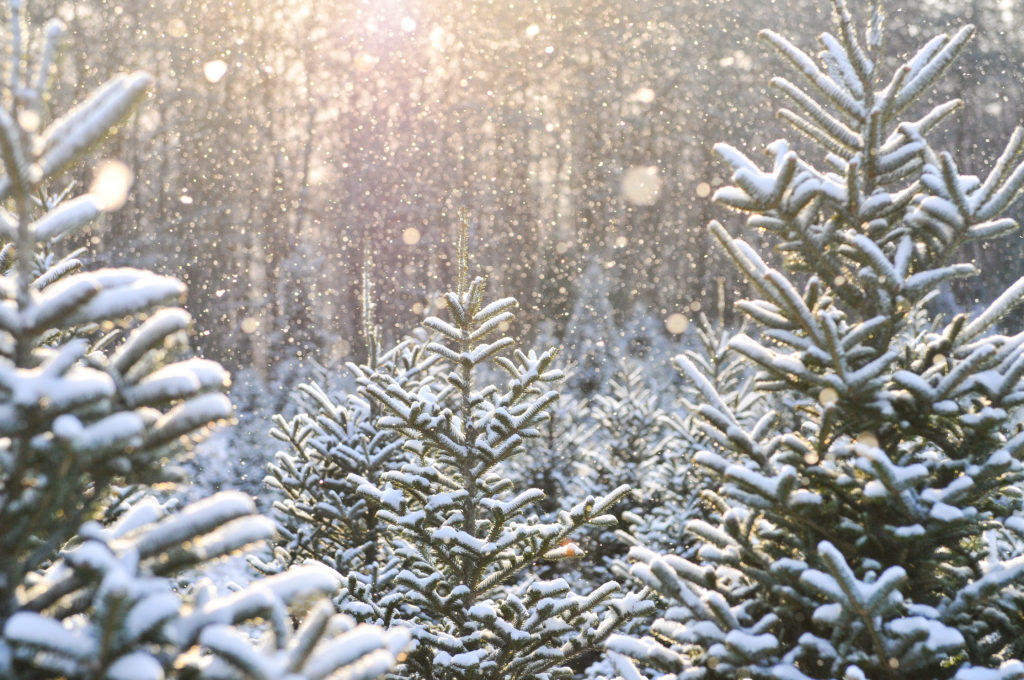
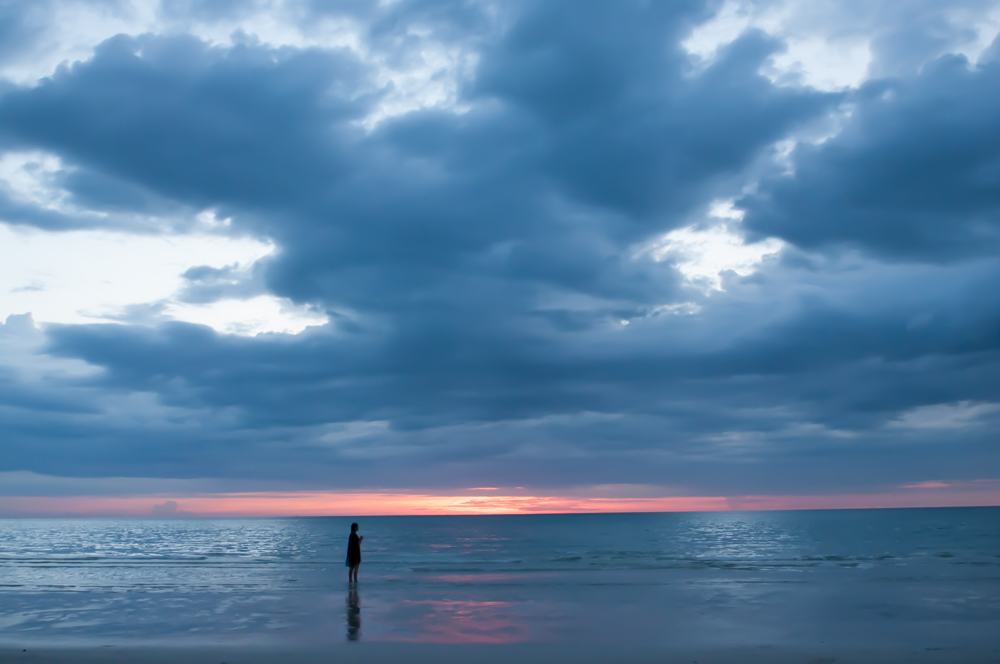
Add a person :
Simply adding a person to the landscape allows the viewer of the photo to place themselves into the scene. A story unfolds as details emerge. What kind of clothing is the person wearing? Are they clean, dirty, wet, dry, exhausted, or energized? The human form even without expression (someone facing away from the camera or a silhouette) can infer much about a scene. Allowing the viewer to imagine themselves in the photo through another human adds a sense of motivation to climb that mountain or swim in that sea.
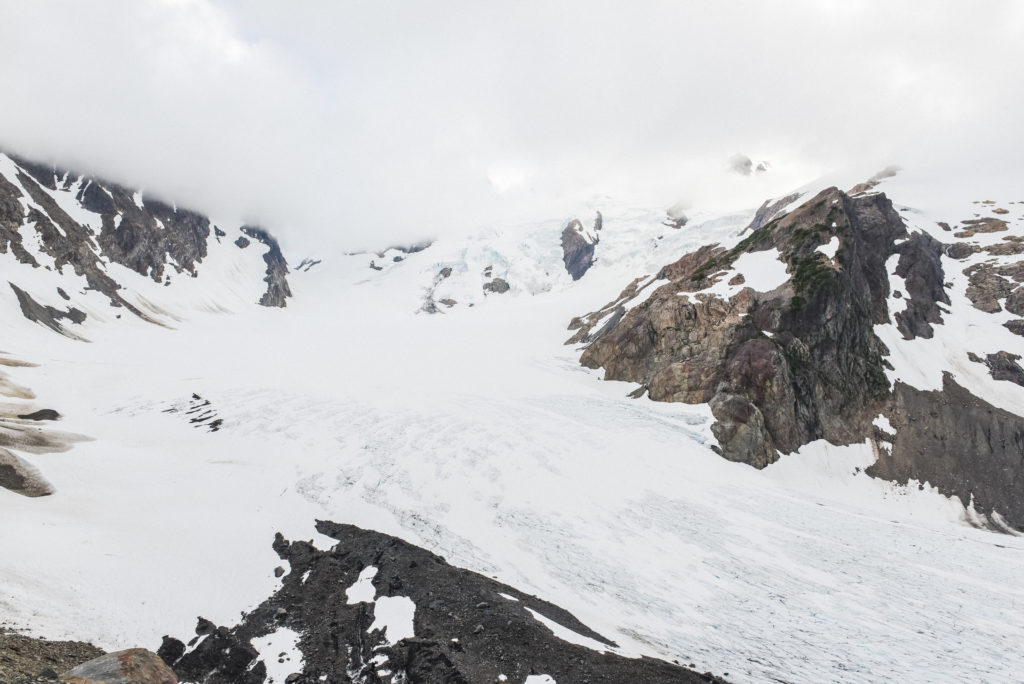
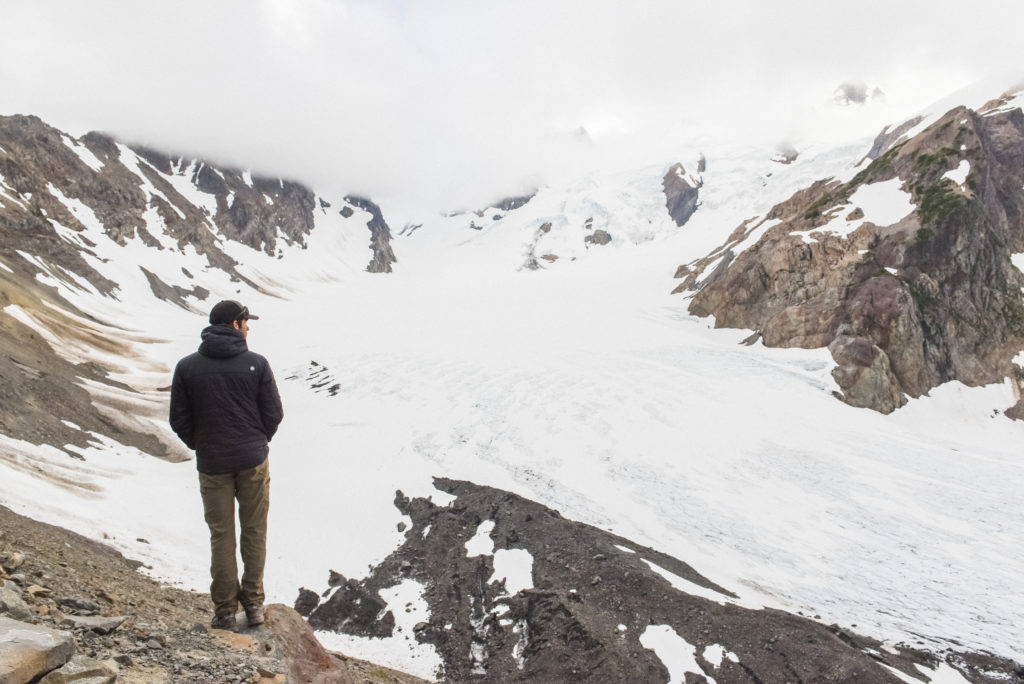
Add an interaction
Now that you’ve added a subject, have him or her play and interact with the scene in some way. Maybe they’re swinging from a vine or balancing on a log. Any interaction with the natural environment will add intrigue to the photo. Maybe you repeat the same unique pose in each landscape photo? The more creative the gesture the better.
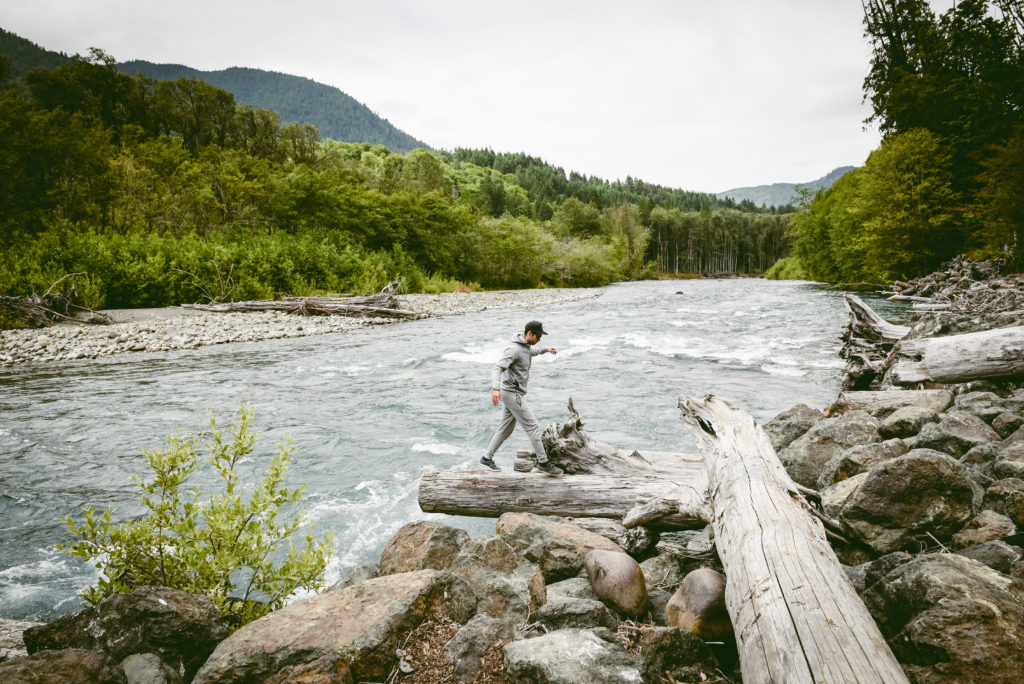
Add an animal or insect
Everyone loves a furry thing. I suppose once you add an animal or insect it’s technically a wildlife shot, but either way, you’re adding interest and information to the landscape. A particular species or subject may even indicate exactly where the photo was taken. These small bits of information draw in viewers and peek their interest.
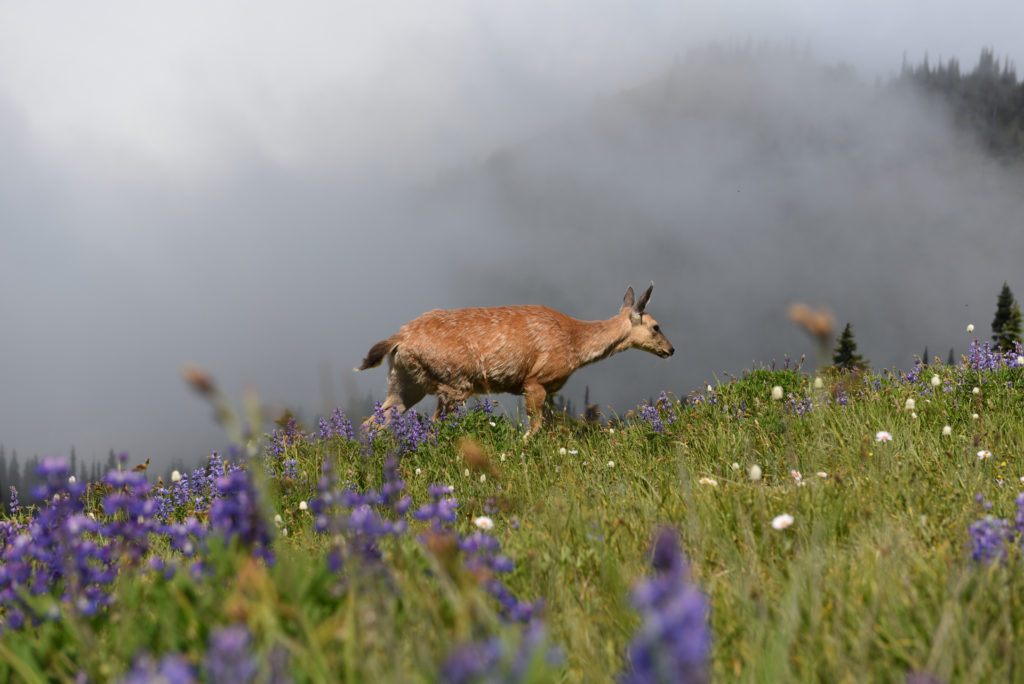
A single point of interest
Sticking to one main subject helps the viewer decide what is important about a scene. It’s not always necessary to pick a single point of interest, but it’s a definite way to create an impactful image. It doesn’t have to be a lone tree or a single boulder, it can be a leading line or an enormous cloud that then clues the viewer in as to where they should look first.
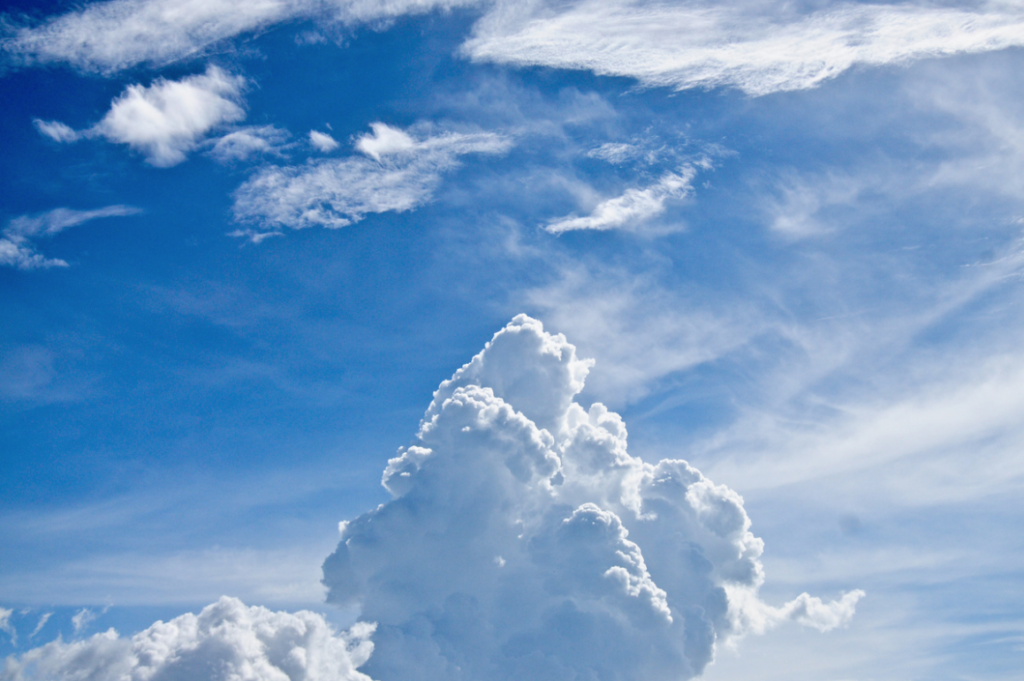
Layering the landscape
Sometimes less is more and sometimes more is more. Try backing up, squatting down, and generally seeking out new angles to layer the landscape and add more elements of interest to the scene before you. If I could take these images over, I would point my camera a little to the left in the second image to capture more pine trees along with the flowery foreground.
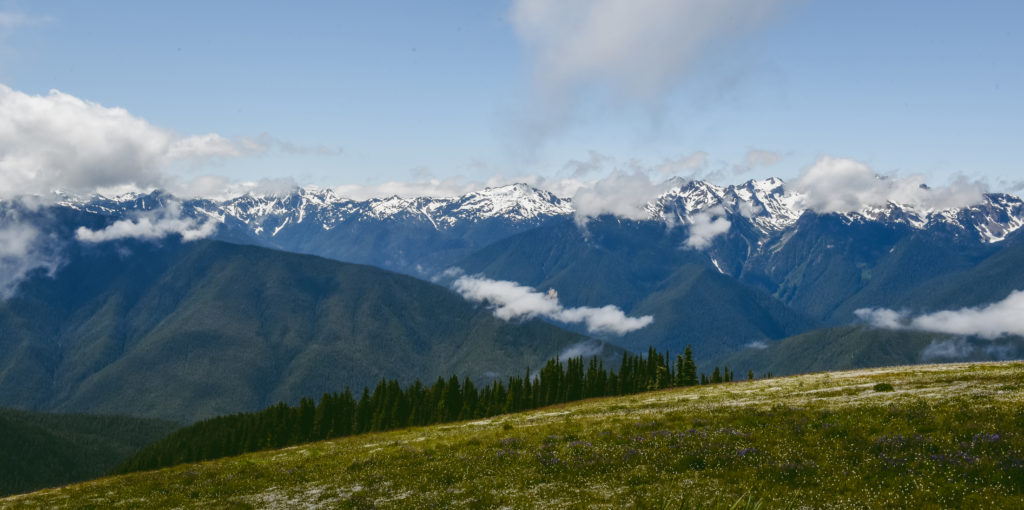
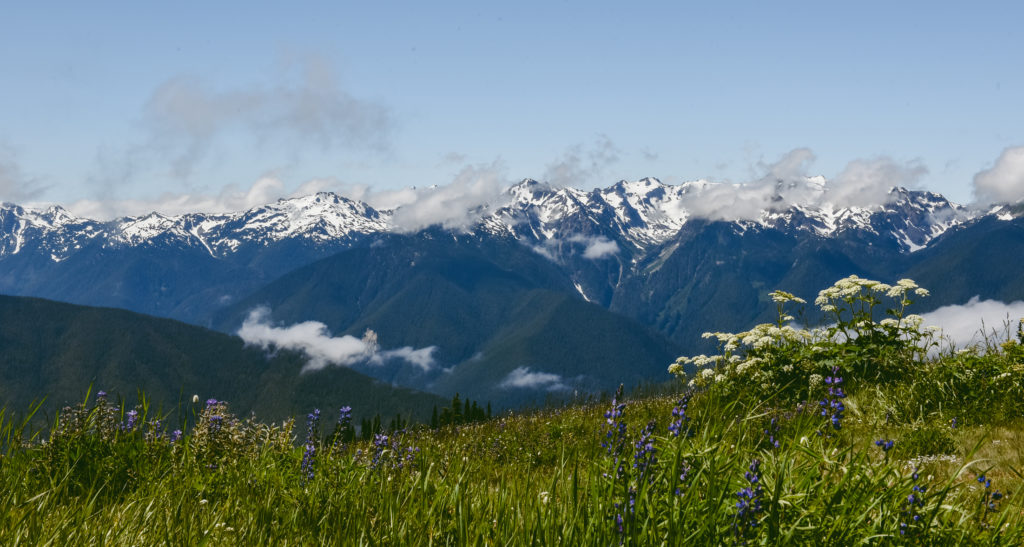
A sense of scale
Without the man in this image, you would know the trees are big, but you wouldn’t realize just how enormous they are. Adding an object of known size helps the viewer determine just how vast elements in the landscape are.
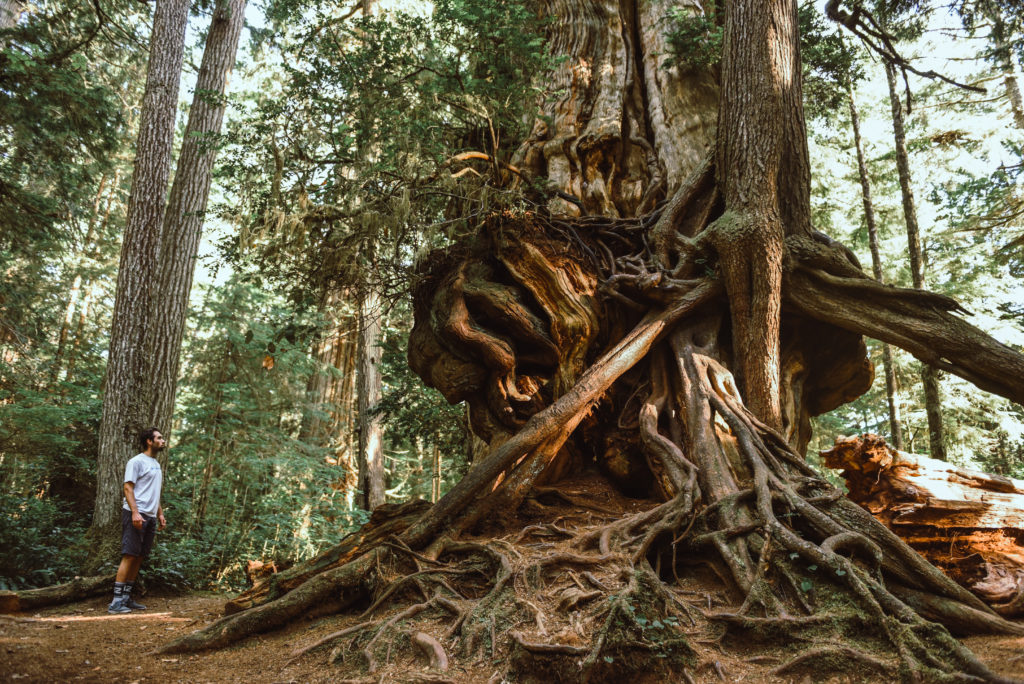
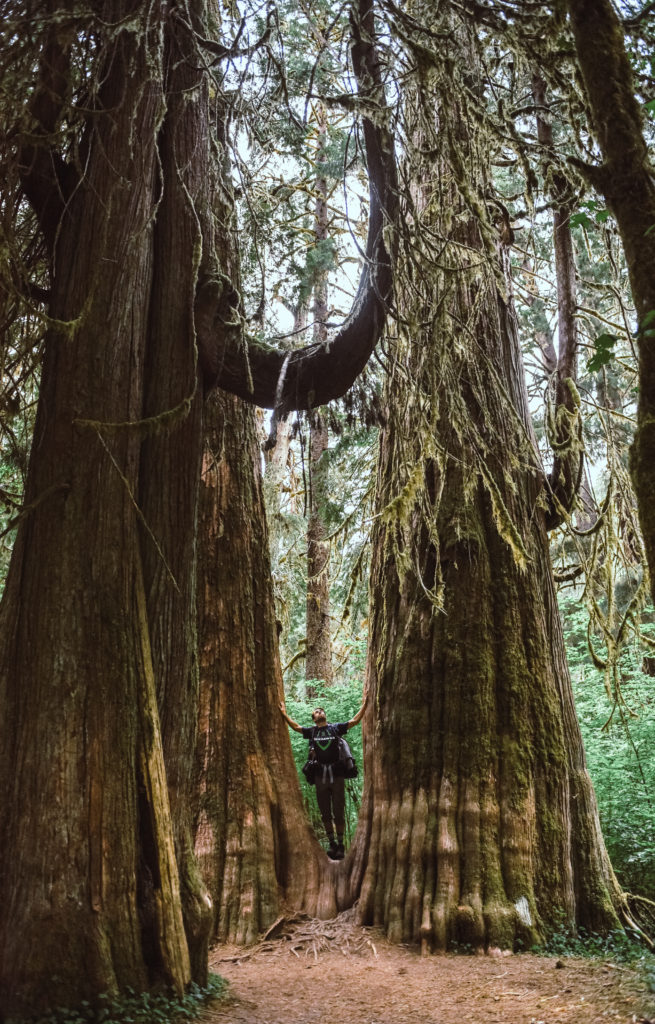
Weather
A moody sky, pouring rain, really any kind of weather elevates the natural landscape. Again, the extra element adds more of a story to the image. It’s no longer just a grove of evergreen trees, it’s a misty mountain morning. It’s not simply a bay, its an icy shoreline in winter.
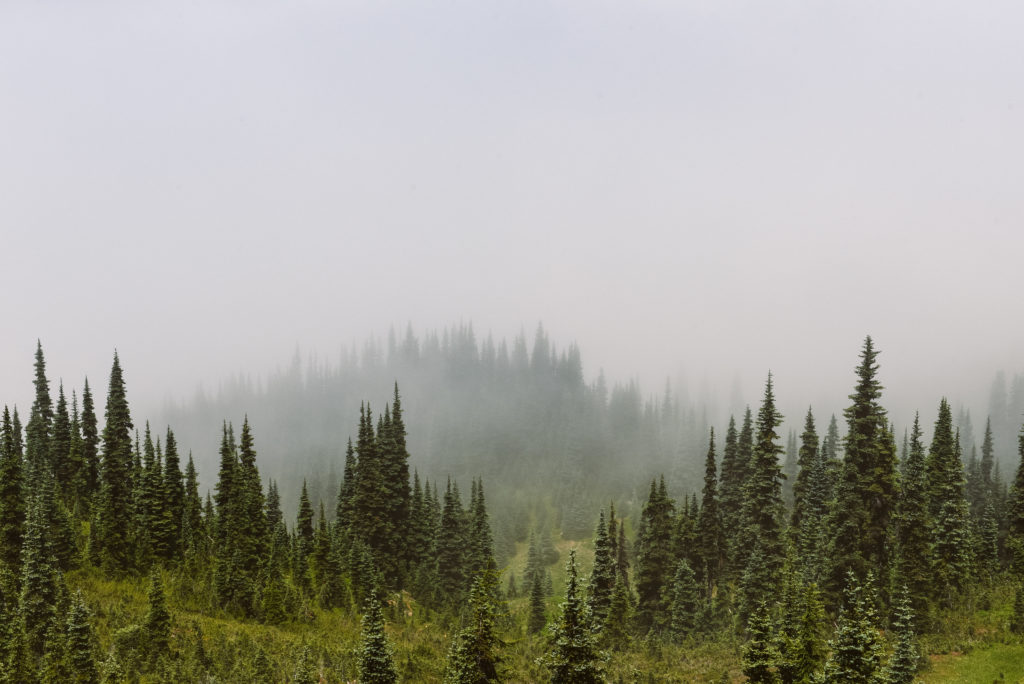
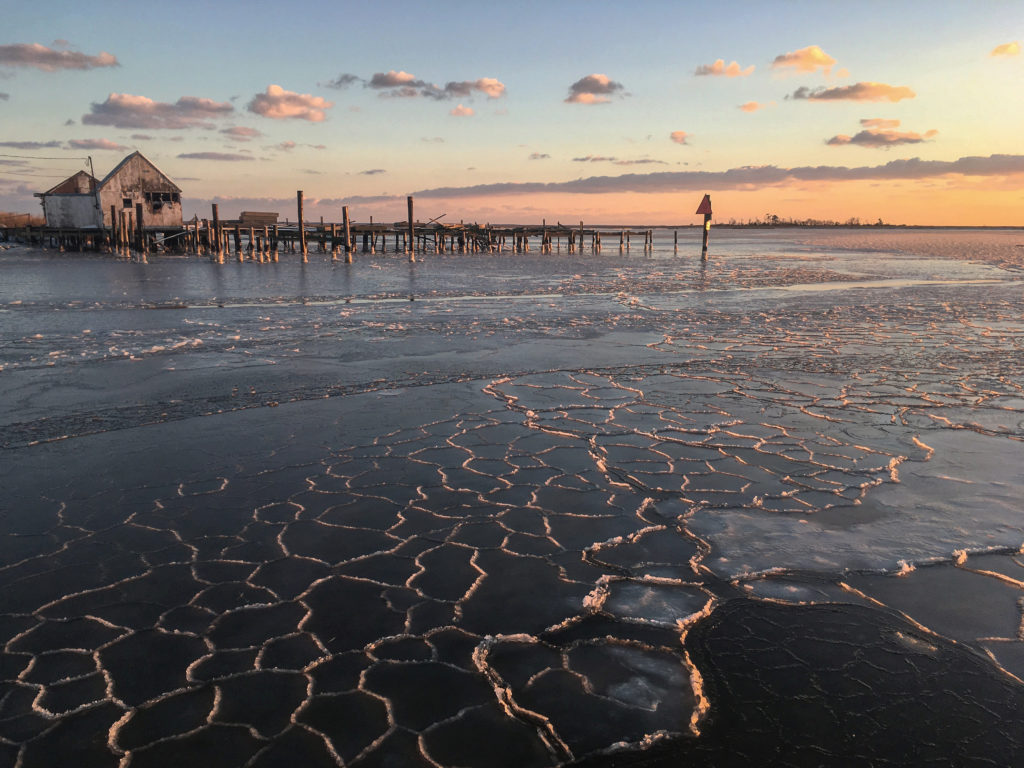
The right equipment for the job
Whatever camera you have with you is the best one for the job. Katie uses this Lumix and I recently upgraded my Nikon, but here’s the model I used for half a decade. The photo of the icy bay above was taken with my iPhone SE. If I’m being specific though, when shooting landscapes, I like a nice wide angle lens. In this sense, think of a wide angle lens as being akin to a panoramic. The wider the lens, the more you can see on either side. If I were shooting landscapes and wildlife, I would want a zoom lens, a lens that starts wide but can also zoom in on the subject of the image. When shooting outdoors, a polarizer is crucial. I think of a polarizer like a pair of sunglasses, it cuts the glare, adds saturation and increases water visibility. Compare the saturation of the two images below, the second was taken without a polarizer.

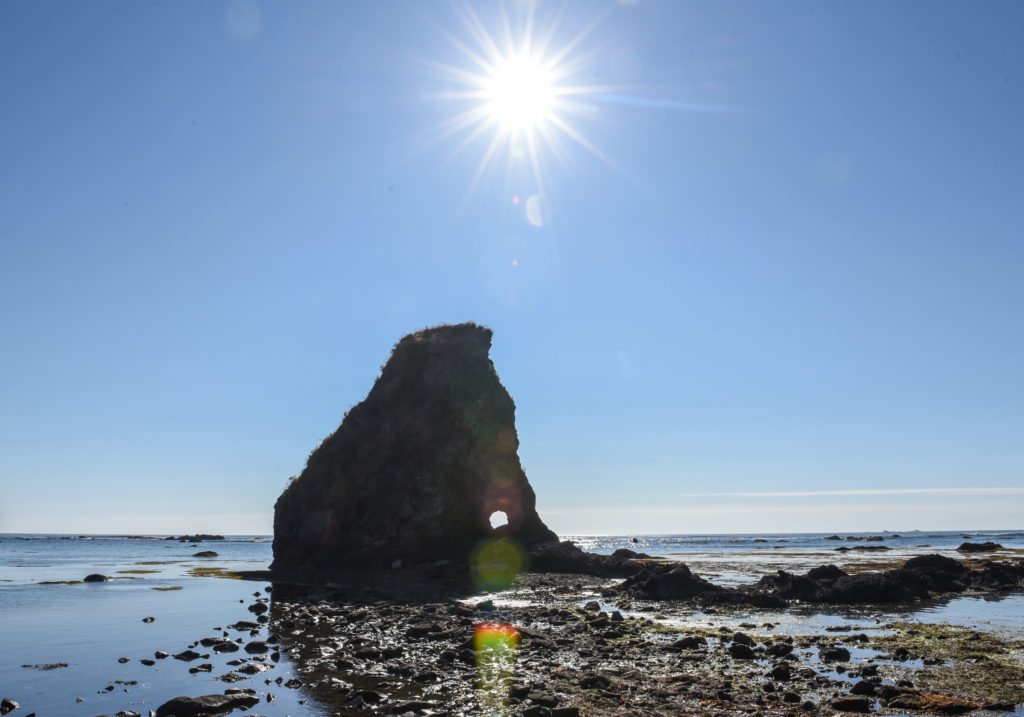
There you have it, a few ways to elevate your landscape game. If you wander outdoors often and stick around for snowstorms and sunsets, you are bound to snap some beautiful shots every now and then.
